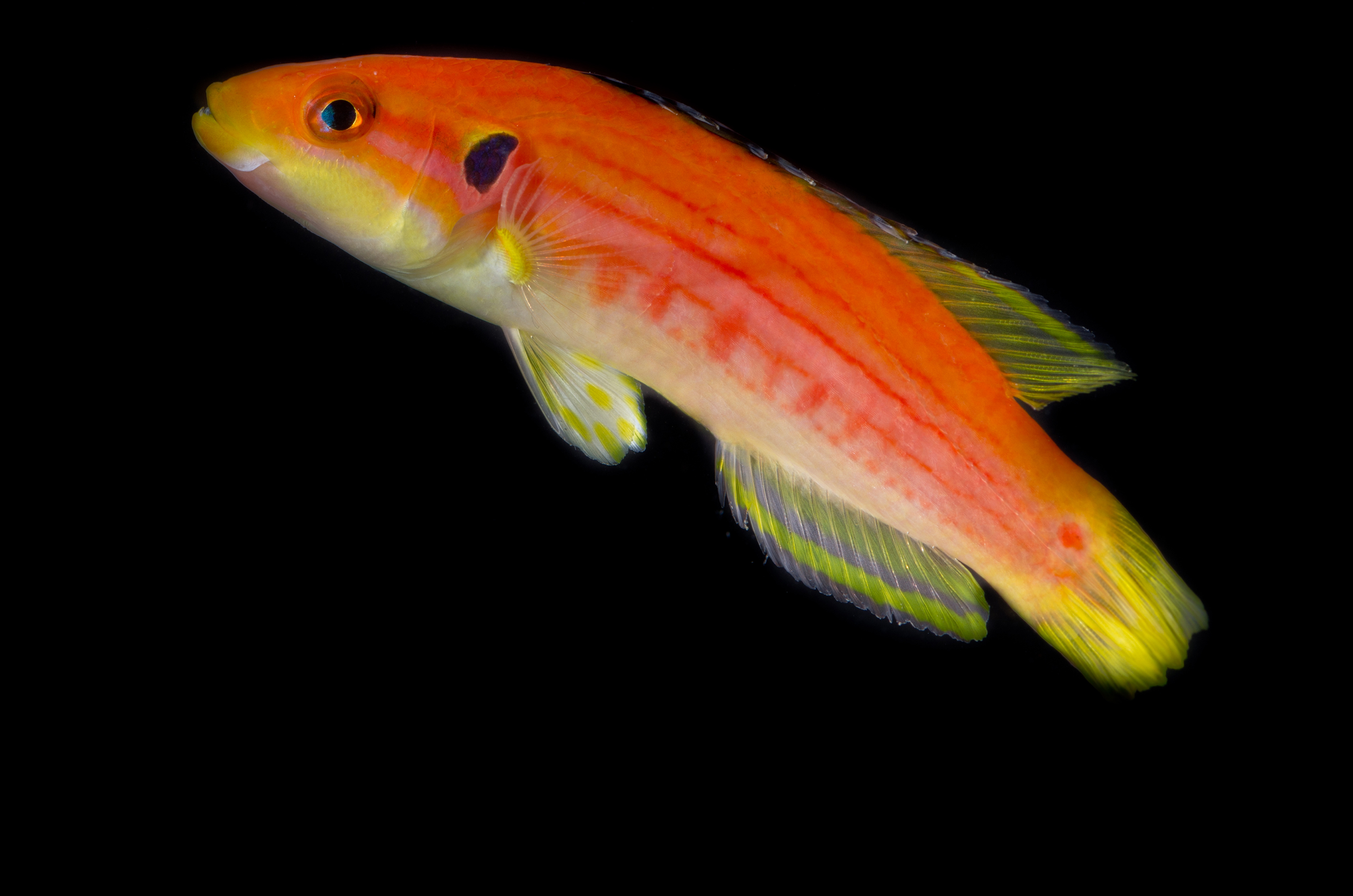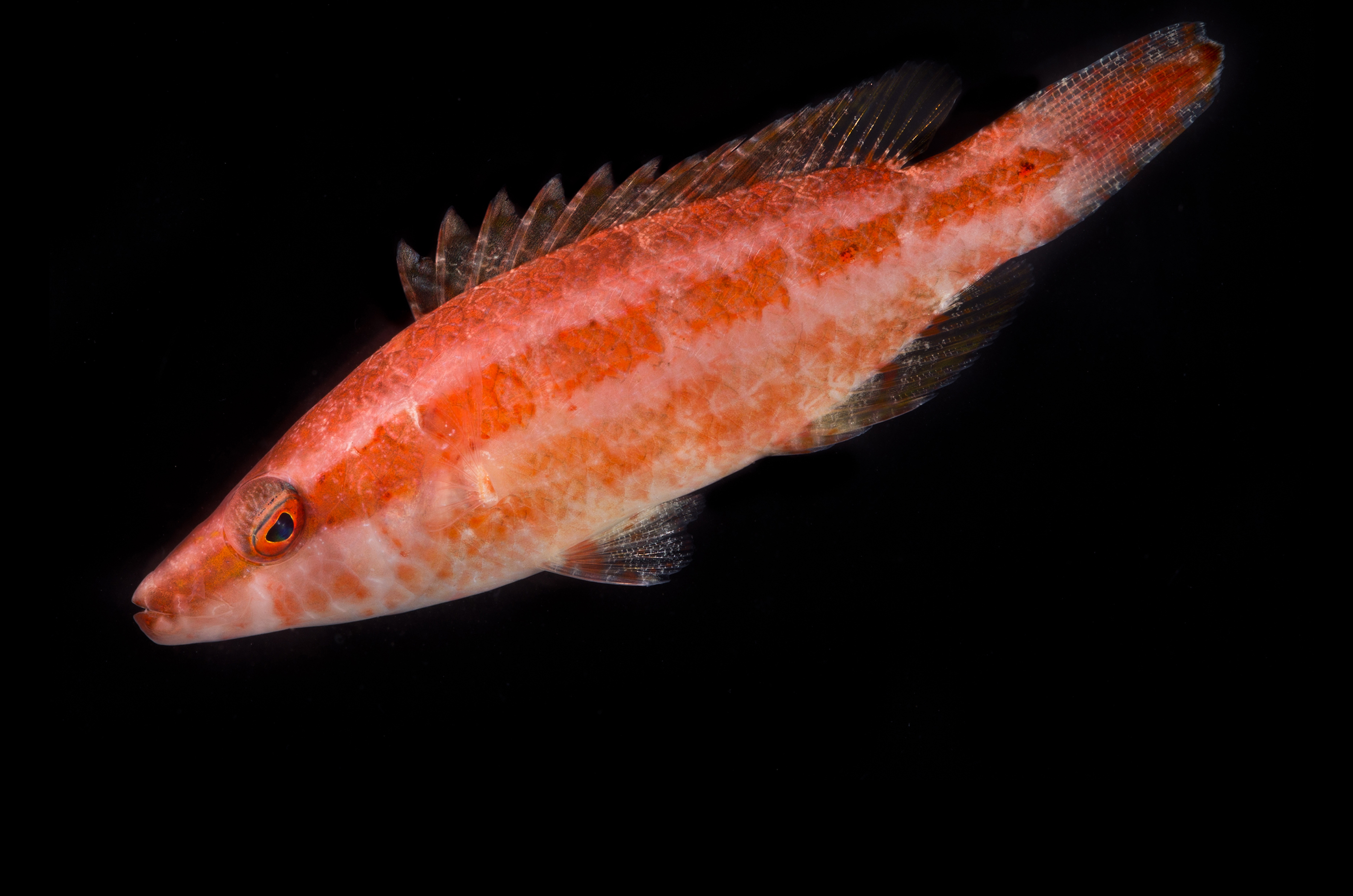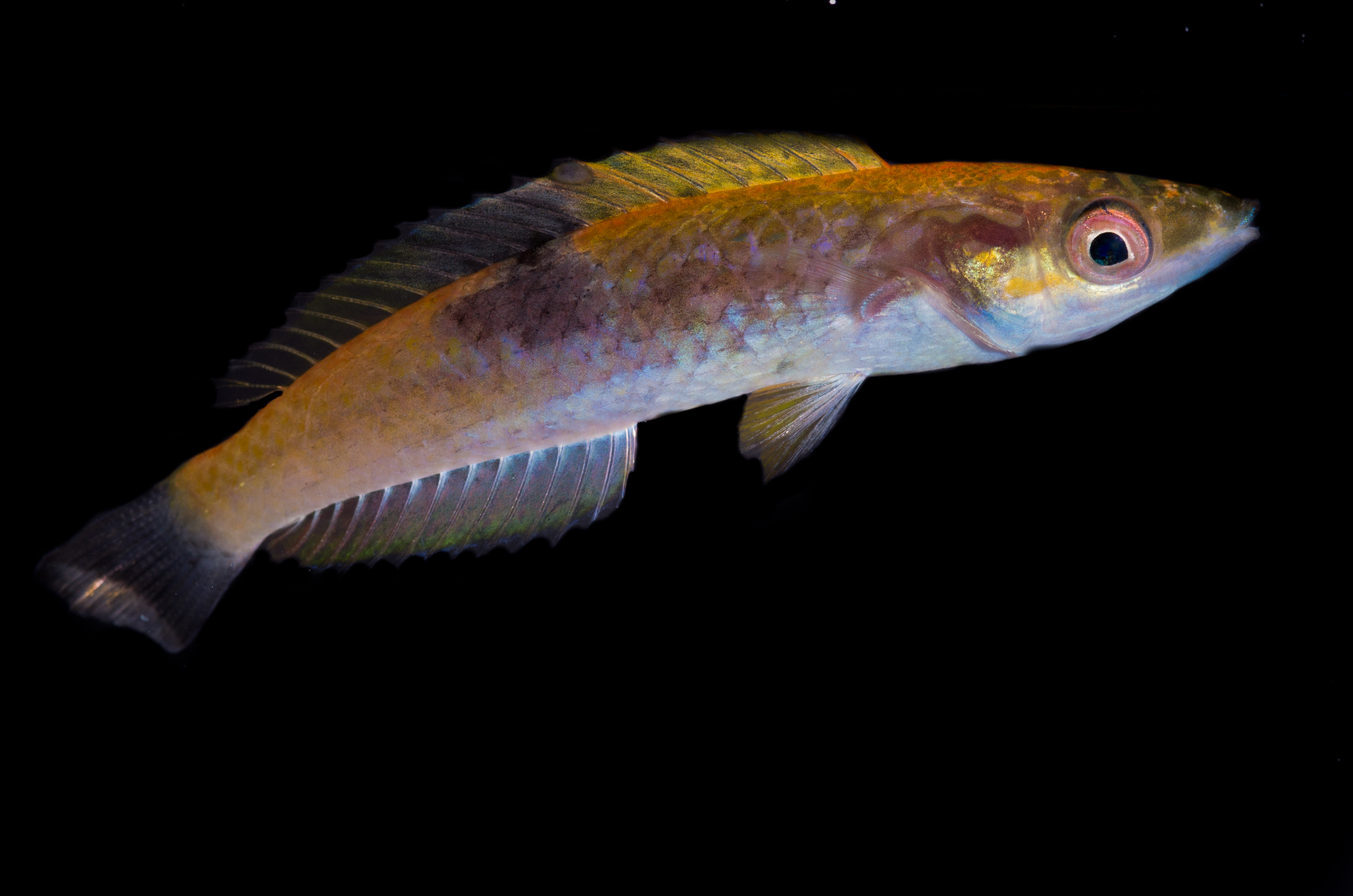
Bringing fish safely to the surface from twilight zone coral reef communities is just one aspect of studying them. Scientists at the California Academy of Sciences also want to be able to keep new fish species alive in the aquarium to study their behavior and showcase them to the public. Matt Wandell is one of the scientists responsible for making sure the fish are happy and healthy in the Academy’s Steinhart Aquarium.
Watch how cool Matt Wandell's job is. He's a biologist at the Steinhart Aquarium at the California Academy of Sciences. Having trouble viewing the video? Download or stream it on PBS Learning Media .
Academy scientists have not only discovered a number of new species in the twilight zone but they have also successfully displayed some of these animals at the aquarium. If not for this portable decompression chamber, only a select group of divers would ever see some of these fish species. The fish would otherwise remain a mystery to the general public.
“I think in order for people to really understand and want to conserve and protect life in these depths, they really have to have a direct connection with it, and they need to be able to see things that came from there,” says Shepherd.
Through this research, Academy scientists are uncovering the mysteries of twilight zone coral reef communities and sharing these discoveries with the public.

Recently, there has been a debate among scientists about the necessity of collecting specimens from the wild. To what extent should collecting living and nonliving specimens be allowed? Is there a middle ground between collecting organisms for research and observation while sustaining the species’ livelihood in the wild? Is it possible to gain enough information about a species simply by observing them in the wild, or do we need to collect some organisms to be able to learn enough to effectively conserve them? Click here to learn more and join the discussion.




